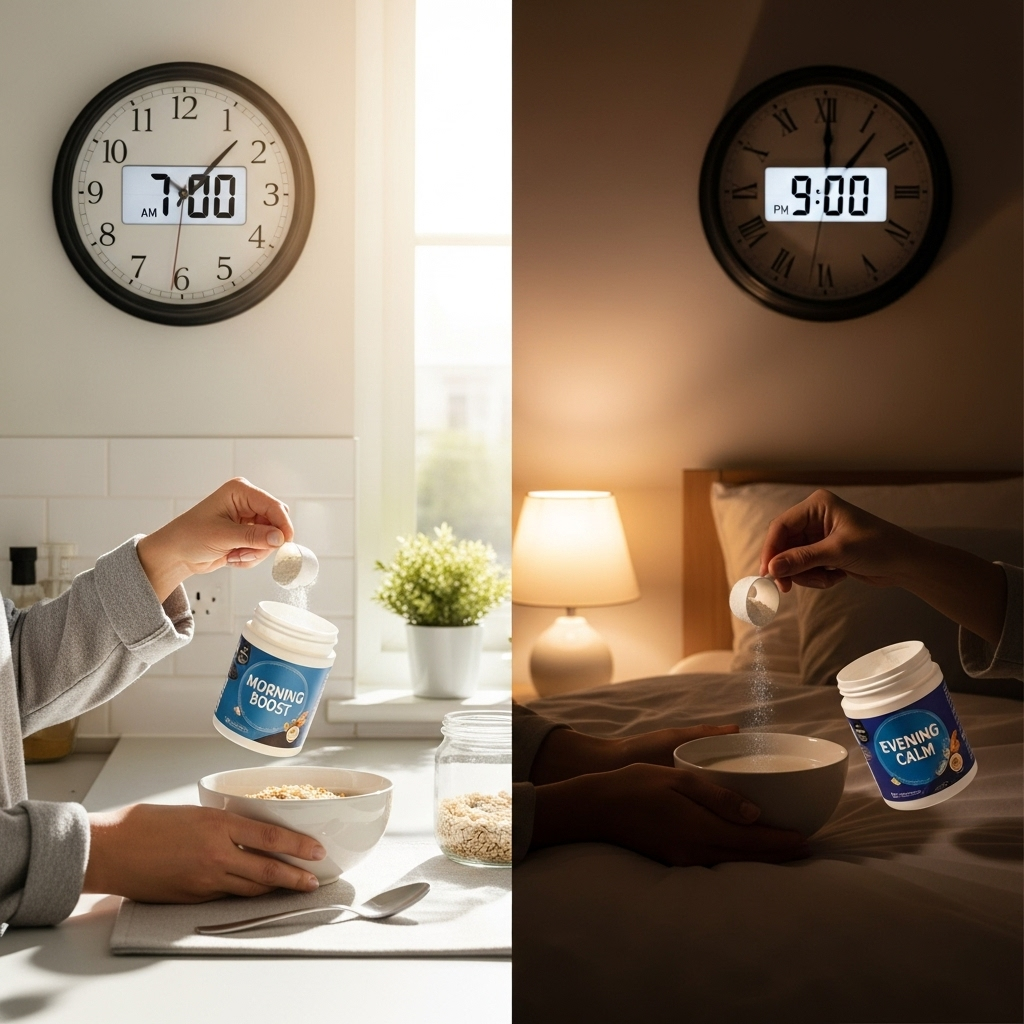Best Time to Give Pet Probiotics: With or Without Food?

Probiotics have become a common tool in pet health—used to support digestion, help after antibiotics, and promote a balanced gut microbiome. If you’ve decided to give your dog or cat a probiotic, a common question is: should you give it with food or on an empty stomach? This guide explains the evidence-based considerations, practical tips for timing and dosing, how to handle probiotics during antibiotics, and when to consult your veterinarian.
How probiotics work in pets
Probiotics are live beneficial microorganisms (bacteria or yeast) that can help balance the gut ecosystem. In pets, they may support digestion, help reduce the severity of antibiotic-associated diarrhea, and contribute to immune and intestinal health. Effectiveness depends on the strain, dose, product quality, and whether the microbes survive stomach acid to reach the intestines.
General rule: food usually helps
For most pet probiotic products, giving them with food is recommended. Food helps buffer stomach acid and can improve survival of probiotic organisms as they travel to the intestines. It also makes administration easier (mixing powder or paste into a small amount of wet food) and improves consistency—regular timing often matters more than exact minute-by-minute timing.
Why food can be better
- Buffered stomach environment: food reduces acidity that can kill fragile strains.
- More consistent delivery: pets are more likely to eat probiotics mixed with food.
- Lower gastrointestinal side effects: food can reduce minor transient gas or nausea.
When an empty stomach might be appropriate
Some probiotic formulations are designed to be acid-resistant or enteric-coated, and some strains (for example, certain yeasts like Saccharomyces boulardii) tolerate stomach acid better. Manufacturers may instruct giving these on an empty stomach. Follow the product label or your vet’s directions.
Examples
- Enteric-coated capsules: designed to survive acid and release in the intestines—often fine without food.
- Saccharomyces boulardii: a yeast probiotic that can be given with or without food depending on the product.
- Powdered products: typically recommended with food to keep the organisms viable and acceptable to the pet.
Timing during antibiotic therapy
If your pet is on antibiotics, probiotics can help reduce antibiotic-associated diarrhea and support gut flora recovery. The key point is to separate dosing times so the antibiotic doesn’t inactivate the probiotic.
- Stagger doses by at least 2 hours: give the probiotic 2 hours before or after the antibiotic dose.
- Continue for several days to weeks: many vets recommend continuing the probiotic for 1–4 weeks after finishing antibiotics to help restore balance.
- Check product guidance: some probiotic strains are intentionally paired with certain antibiotics; follow your veterinarian’s specific plan.
Practical administration tips
- Choose a consistent routine: morning with breakfast or evening with dinner works—consistency is more important than exact timing.
- Mix into a small portion: use a spoonful of wet food or a treat to ensure your pet consumes the full dose.
- Avoid hot food: heat can kill live organisms—let food cool before mixing probiotic powder or paste.
- Use pill pockets or hides: for tablets or capsules, use a pill pocket or wrap in a small treat.
- Store correctly: some probiotics require refrigeration while others are shelf-stable—follow label storage instructions to maintain potency.
Which pets need extra caution?
Most healthy pets tolerate probiotics well, but there are situations where caution or veterinary guidance is needed:
- Immunocompromised animals (on chemotherapy, high-dose steroids, or with severe systemic disease).
- Very young puppies or kittens, or critically ill patients—use under veterinary supervision.
- Pets with central venous catheters or severe intestinal disease—risk of rare infections from probiotic organisms.
Pros and Cons
| Pros | Cons |
|---|---|
|
|
How long until you see results?
Some owners notice changes within a few days (improved stool consistency, less gas), but benefits can take 2–4 weeks as the microbiome stabilizes. If you see worsening symptoms, stop the probiotic and consult your vet.
Choosing a product
- Look for clearly labeled strains and colony-forming units (CFUs).
- Prefer products with veterinary formulation or clinical studies for pets when available.
- Check storage requirements and expiration dates.
- Ask your veterinarian to recommend a product based on your pet’s age, health status, and needs.
FAQ
-
Should I give probiotics with food or on an empty stomach?
Most pet probiotics are best given with food to protect organisms from stomach acid and improve acceptance. Follow product label or your veterinarian’s advice—some enteric-coated or acid-resistant formulas can be given on an empty stomach.
-
Can I give probiotics while my pet is on antibiotics?
Yes—probiotics are often recommended during and after antibiotic courses. Give probiotics at least 2 hours before or after each antibiotic dose to reduce the chance the antibiotic kills the probiotic organisms.
-
How long does it take to work?
Some effects may appear within a few days; meaningful improvement often takes 2–4 weeks. If problems worsen or don’t improve, contact your vet.
-
Are probiotics safe for all pets?
Most healthy dogs and cats tolerate probiotics well, but pets with severe illness, compromised immune systems, or certain medical devices should only receive probiotics under veterinary supervision.
Key Takeaways
- Giving probiotics with food is usually the safest and most effective approach for most pet products.
- Follow the product label and your veterinarian’s instructions—some formulations are meant for empty-stomach use.
- When on antibiotics, stagger probiotic dosing by about 2 hours and continue probiotics after antibiotics finish.
- Watch for mild transient GI symptoms; stop and consult your vet if symptoms worsen.
- Choose high-quality, appropriately stored products and consult your veterinarian for pets with health concerns.
Disclaimer: This information is educational and not a substitute for veterinary care. Always consult your veterinarian before starting or changing probiotic use, especially for young, elderly, pregnant, sick, or immunocompromised pets. If your pet has severe vomiting, diarrhea, blood in stool, or other concerning signs, seek prompt veterinary attention.

Leave a Reply